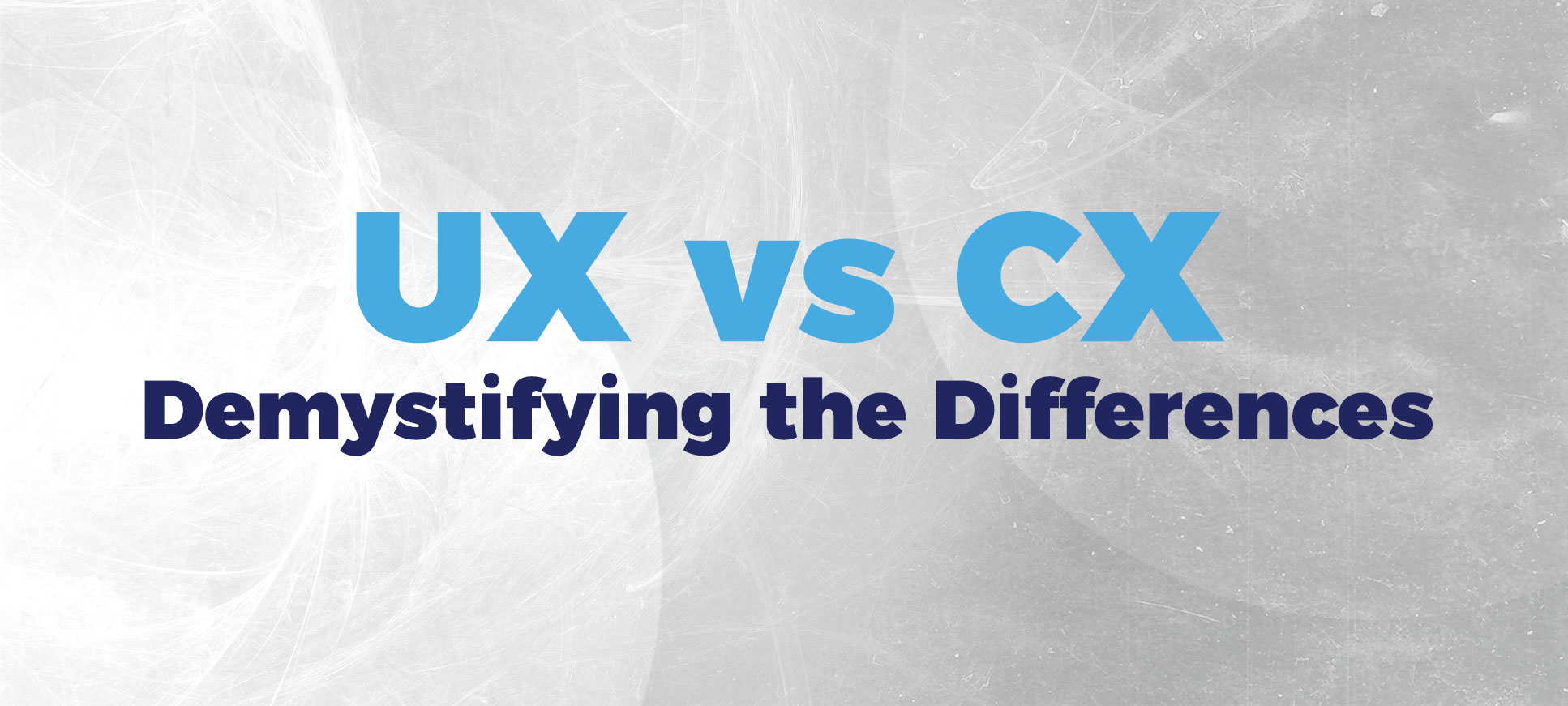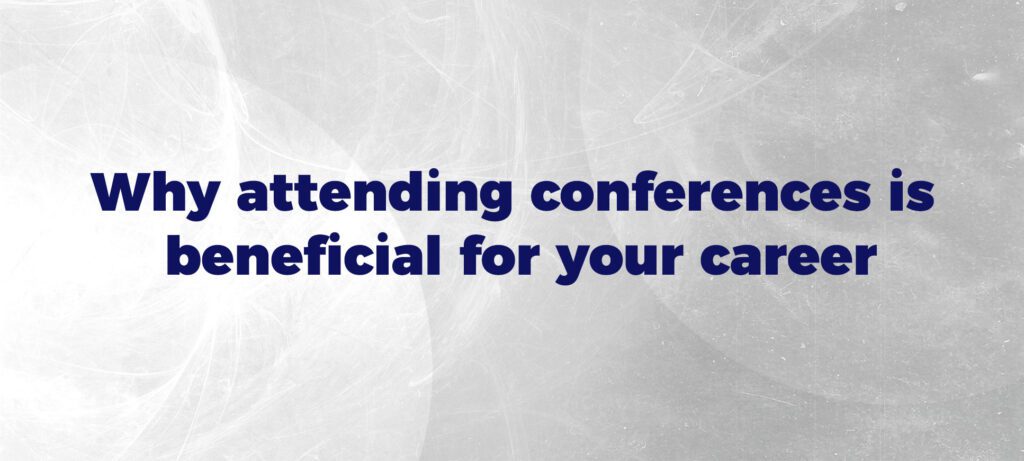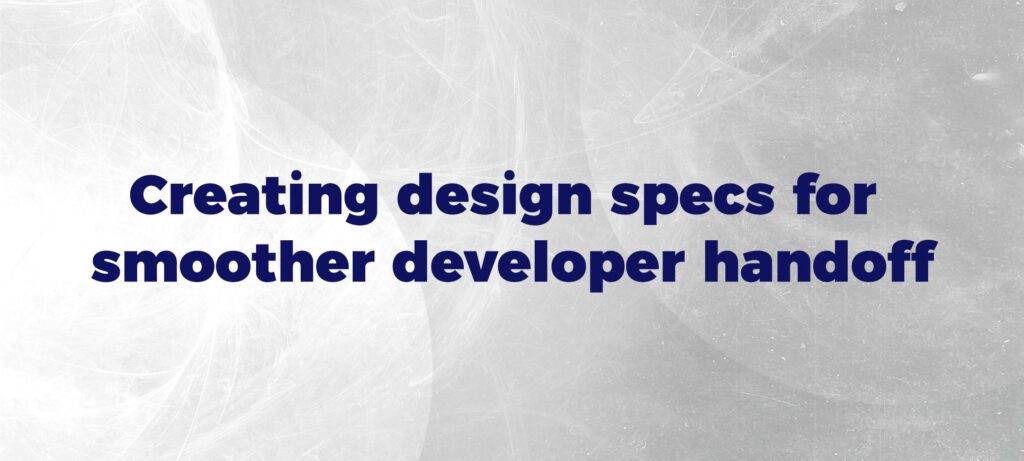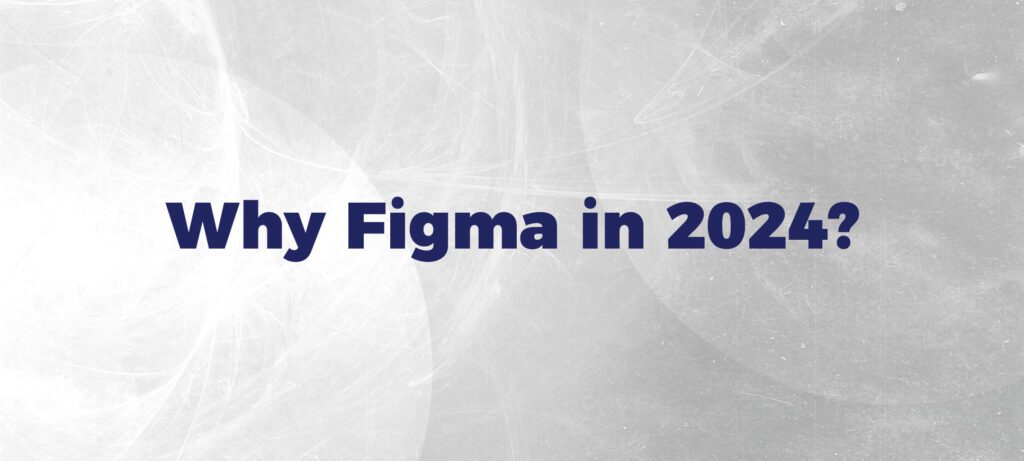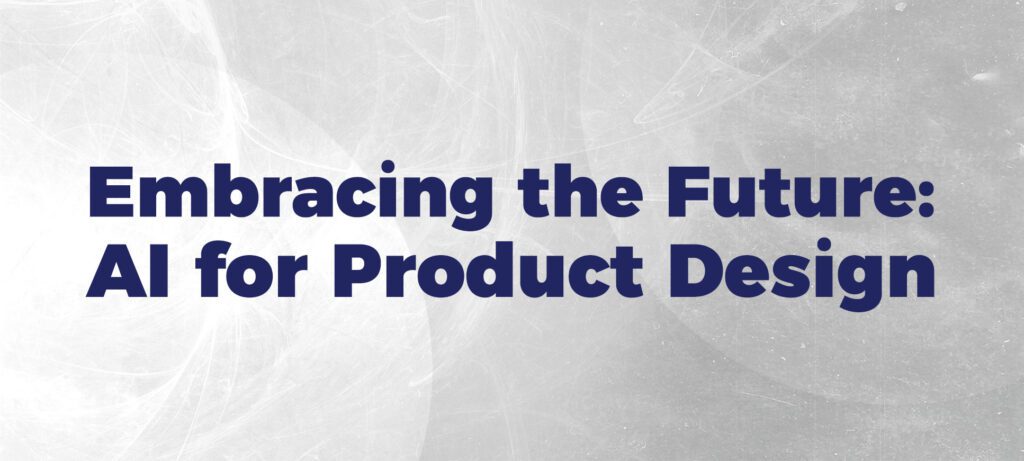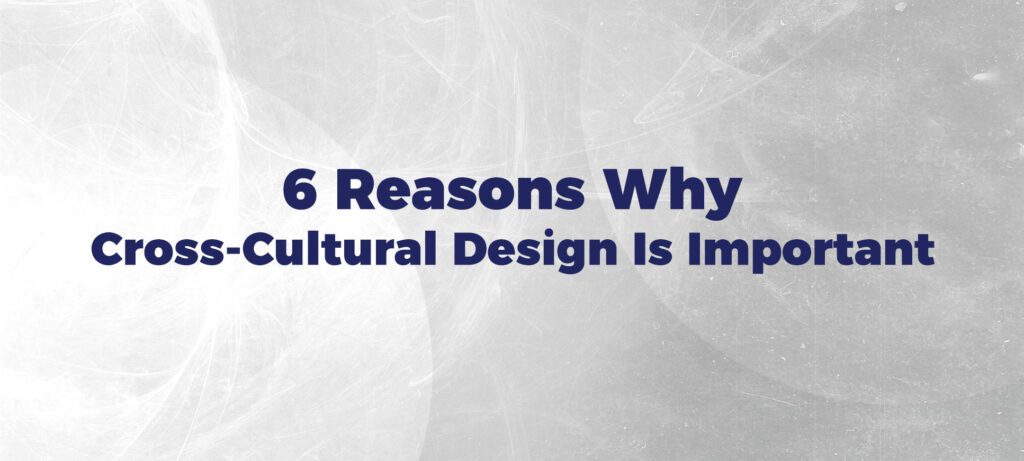Navigating the maze of UX and CX – What sets them apart?
Let’s be real, the whole UX (User Experience) and CX (Customer Experience) thing can be a bit of a head-scratcher. Even some HR folks can’t tell them apart. According to the Nielsen Norman Group the original sense of UX was equivalent to what’s now called CX and that the term UX has evolved to describe a more specific and functional kind of interaction. They have described CX as UX over long periods of time.
But here’s the deal: the market drew a line between these two, so let’s break it down and get the scoop on both.
Decoding CX:
CX stands for Customer Experience. It’s all about the real-world vibe, especially when digital and physical worlds do a little dance.
Unravelling UX:
Now, UX means User Experience. It’s more about the digital universe and that personal connection you have with a product. It’s like your one-on-one time, since digital experiences are usually just you and the screen.
Do UX and CX hold hands?
Yes, they can be buddies when the digital and real worlds come together. Let’s make it clearer with examples.
Imagine this: You’re in the mood for a book, so you hop onto Amazon (the app or the website) and boom, the book’s in your cart. Mission accomplished, right? You wait a bit, and soon enough, you’re ready to read.
But hold on, the delivery day comes, and guess what? No book. You wait more, still nothing. Now it’s time to complain. You need to go to the app, and chat with someone to sort your problem. After a chat and some more waiting, finally, your book arrives.
Your User Experience was cool because you got what you wanted fast. But your Customer Experience with Amazon? Not so great thanks to the delay and the whole headache of complaining online just to get your book.
In this situation, UX is like a part of the bigger picture called CX.
Rafat Warnietto once said, “Your product is not the totality of your brand and, therefore, not the totality of the Customer Experience.”
When does CX go solo?
Let’s throw another curveball your way.
Imagine an interior designer. They’re not just about making things look good, but also thinking about the CX. Sounds good, right?
Now, picture this: You walk into a restaurant where tables are squeezed together to fit more folks. There’s live music, but the acoustics are a disaster! You’re stuck in this loud and narrow space.
When you leave, you’re stressed, and the food? It’s almost an afterthought. It could’ve been lip-smacking, but the overall experience overshadows it, and the chances of you making a comeback drop like a rock.
When is UX on its own?
It is when you create a digital product that has no connection to the real world, for example streaming apps.
Who hangs out with the CX Designer?
Everyone involved in a physical product/experience creation could be an architect, a chef, the marketing team, call centre managers, legal people, etc.
And who’s in the squad with the UX Designer?
It’s all about Developers, product managers, marketing people, and the legal team sometimes.
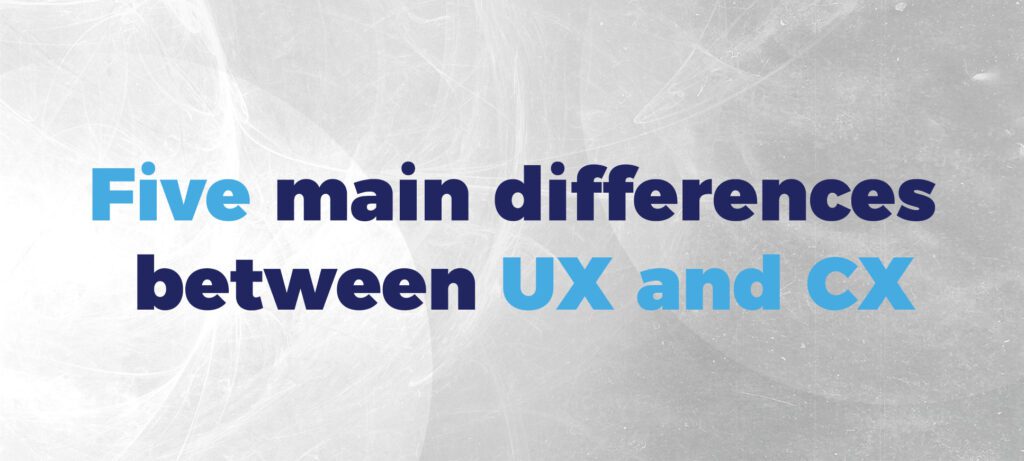
Five main differences between UX and CX:
Background: CX experts often come from the marketing world, while UX people have diverse backgrounds – design, coding, psychology, you name it.
Focus: CX is all about boosting cash flow by making the overall customer experience better. Meanwhile, UX is about making things user-friendly.
Scope: CX is all-encompassing, while UX focuses mainly on digital products.
Industry: CX shines in real-life experiences like hospitality and rentals, while UX is more at home in the digital realm.
Testing: CX needs feedback from lots of people to figure out what’s bugging them and make things more personalised. UX dives deep into a smaller group’s behaviour when they’re using the product.
Wrapping it up:
CX is like the bridge between customers and businesses. UX, on the other hand, is all about giving users what they want.
P.S. Just being honest here – I find those terms (CX, UX, UI, Service Design, Product Design, Digital Design) are just overcomplicating the industry. Sometimes companies get tangled up in these terms and don’t even know what they mean.
So, are we all designers in the end?
Here’s the thing – could we all call ourselves designers in a way? It’s a question worth pondering. However, now I’m curious about your take. Do you see a big gap between CX and UX? Do you think the fancy terms just complicate things? Share your thoughts in the comments!
Written by: Rafael de Rezende Basso
Follow on LinkedIn
